Yazd
A Gem of Persian Architecture Yazd is a city in central Iran known for its unique architecture, rich history, and traditional way of life. It is also the capital of Yazd Province, with around 700,000 people.
Yazd is one of the oldest continuously inhabited cities in the world, with a history of over 5,000 years, And is famous for its traditional Persian architecture, using mud bricks, wind towers, and domed roofs.
Yazd is also known as the first raw clay city in the world, and it is the first historical city of Iran and the 22nd historical monument of the country registered in the UNESCO World Heritage List.
Yazd is considered one of the cultural hubs of Iran, and the world's first safe deposit box was established 1700 years ago in the civilization basin of this city. It is also known as the city of winds, the city of bicycles, the city of sweets, the city of Qanat, and the city of fire and sunshine. The language of the people is Farsi with a Yazdi accent.
Yazd's architecture reflects the city's hot and dry climate and the need to create buildings that can withstand the harsh conditions of the desert. One of the unique features of Yazd's architecture is the wind towers, or badgers, which are tall, narrow structures that catch the wind and direct it down into the buildings below, creating a natural form of air conditioning. The wind towers are a testament to the ingenuity of the people of Yazd, who have adapted to their environment and created a comfortable way of life amid the desert.
Another notable feature of Yazd's architecture is using Qanats, underground tunnels to transport water from the mountains to the city. The qanats are an essential part of the city's water management system. They are a testament to the resourcefulness of the people of Yazd, who have been able to sustain their way of life in a region known for its water scarcity.
Yazd is also home to several historic and cultural sites, including the Jameh Mosque of Yazd, one of Iran's oldest and largest mosques. The mosque is known for its intricate tile work and beautiful minarets, visible from all parts of the city. Another important historical site in Yazd is the Zoroastrian Fire Temple, a place of worship for followers of Zoroastrianism, one of the world's oldest monotheistic religions. The Fire Temple is home to a sacred flame that has been burning continuously for over 1,500 years and is a symbol of the enduring spirit of the people of Yazd. In addition to its rich history and unique architecture, Yazd is also known for its traditional way of life, characterized by its strong sense of community and commitment to preserving its cultural heritage. The people of Yazd are warm, friendly, and welcoming, and the hospitality and kindness of the locals attract visitors to the city.
The most essential and traditional handicrafts of Yazd province are ceramics and pottery, tile making, Ziloo weaving, and Termeh weaving.
In conclusion, Yazd is a city rich in history, culture, and tradition. It is a must-visit destination for anyone interested in the unique architecture and way of life of the people of Iran. Whether you are a history buff, an architecture enthusiast, or simply looking for a new and exciting travel destination, Yazd will leave a lasting impression on you.
Yazd is easily accessible via the Shahid Sadouqi Airport, also known as AZD, just 10 kilometers from the city center. This convenient airport connection makes Yazd a hassle-free travel destination for tourists and travelers.

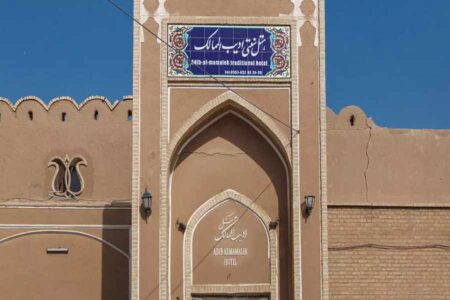
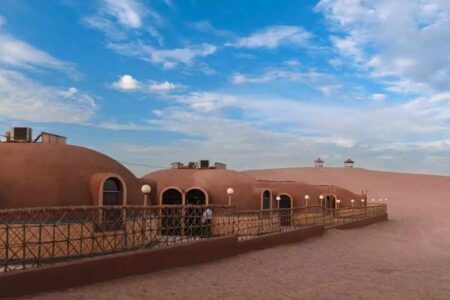
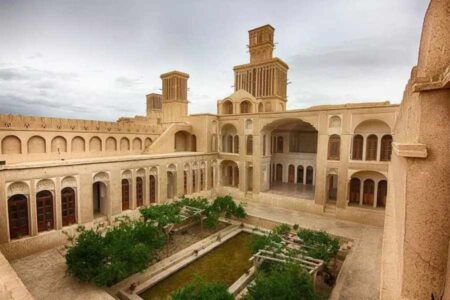
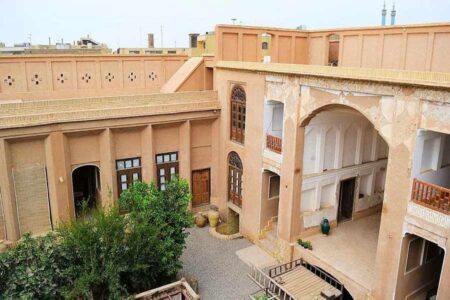
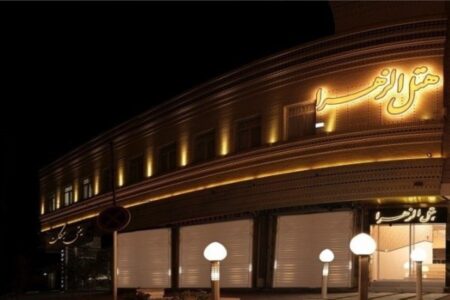
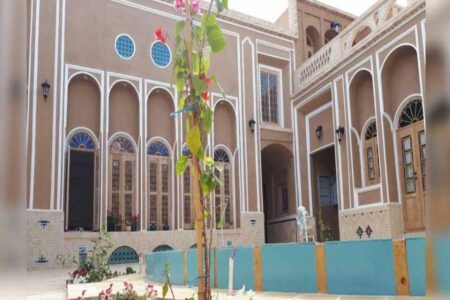
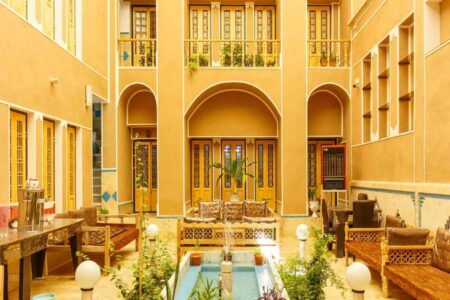
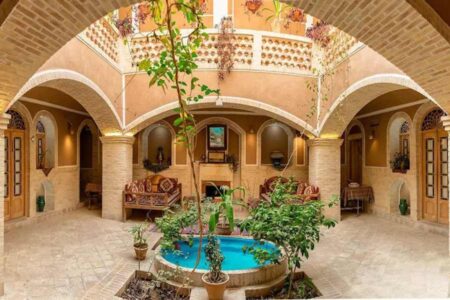
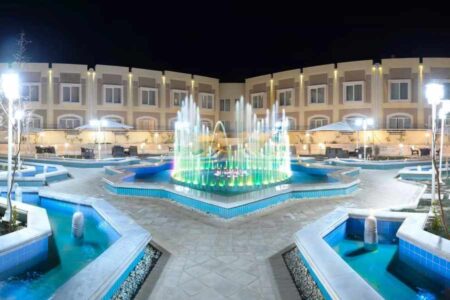

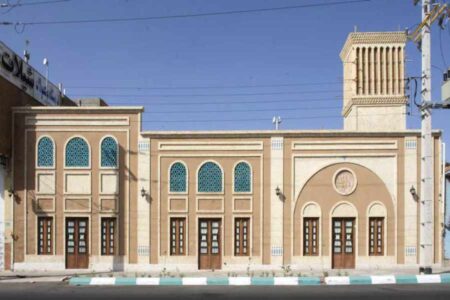
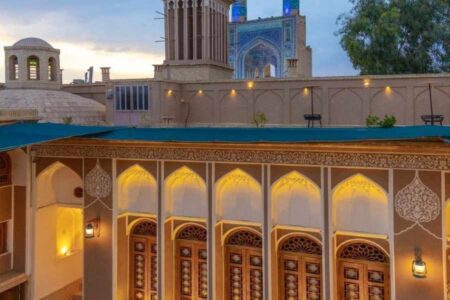
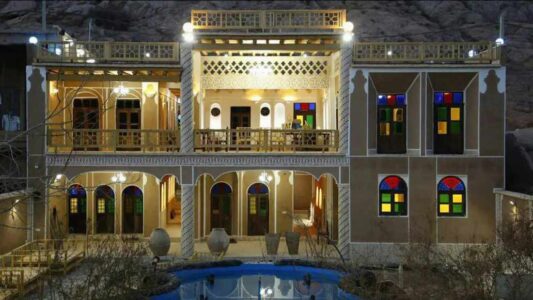
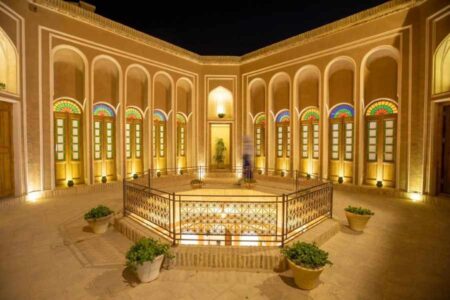
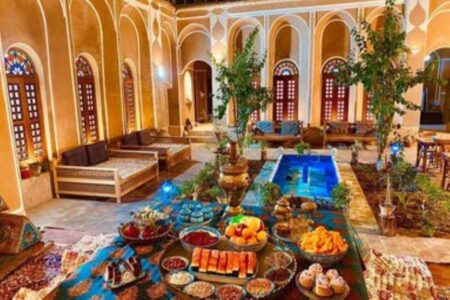
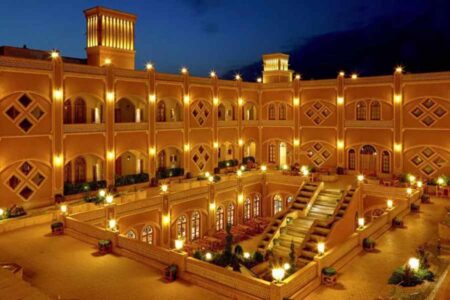
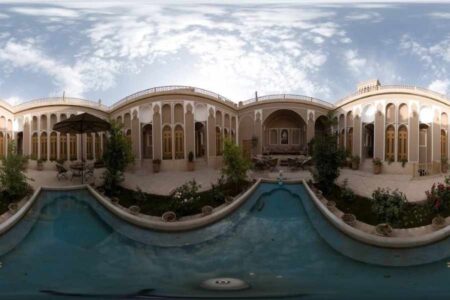
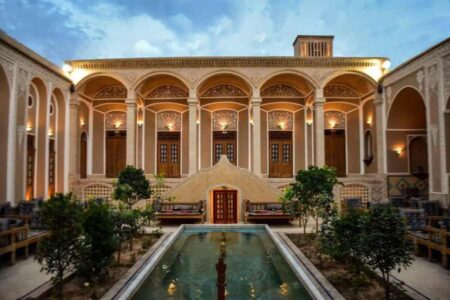
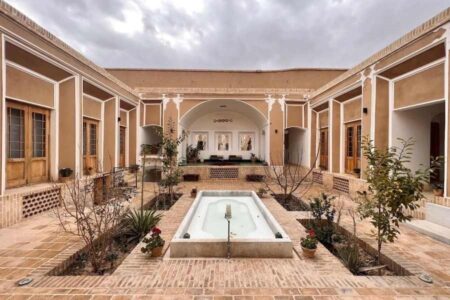
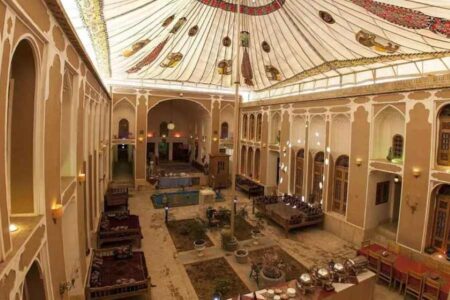
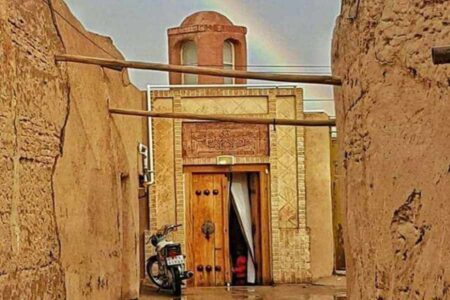
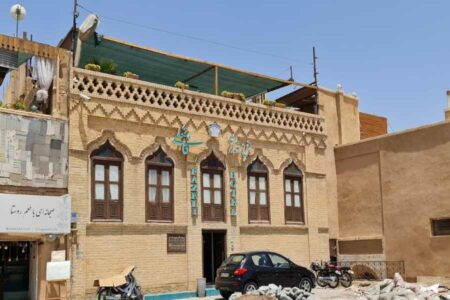
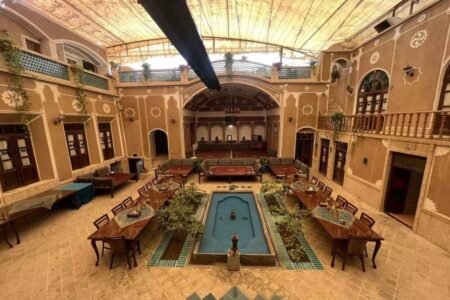
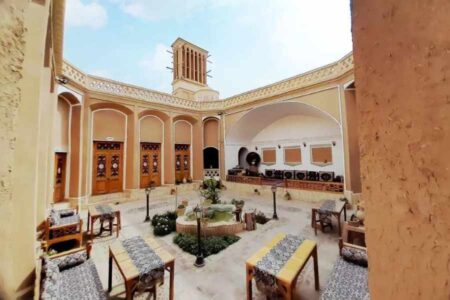
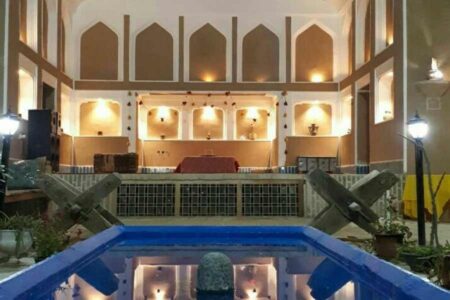
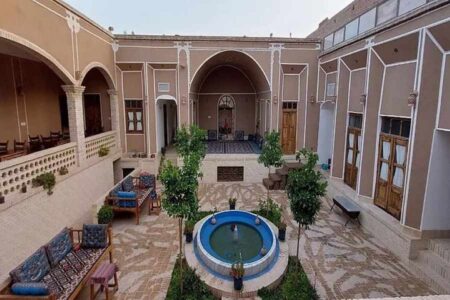
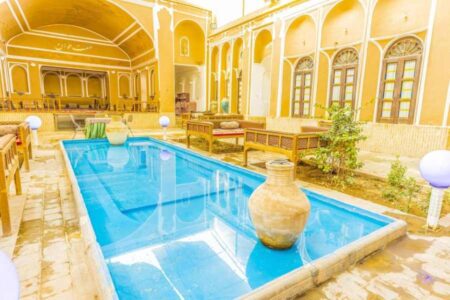
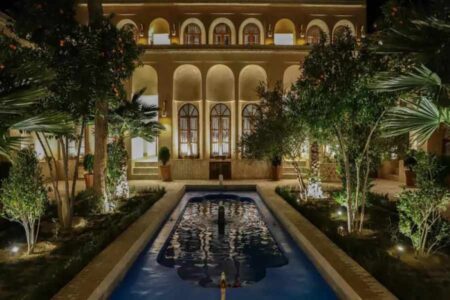

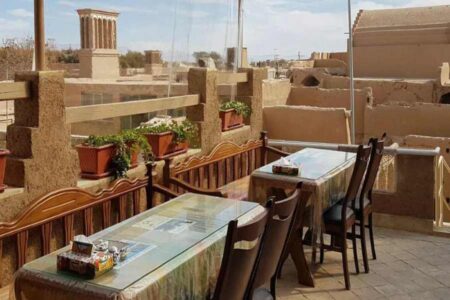
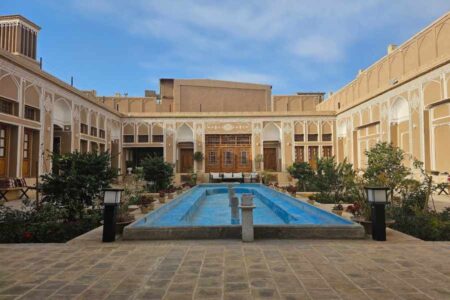
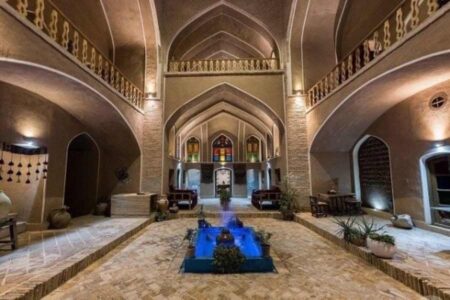
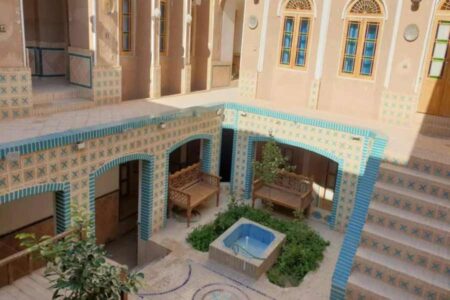
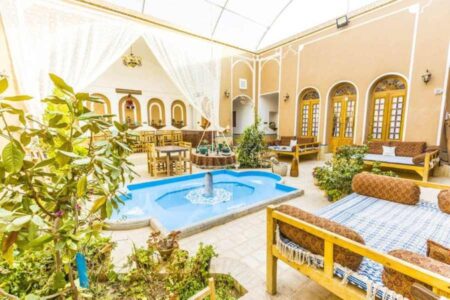
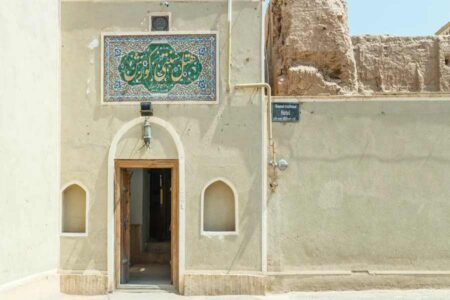
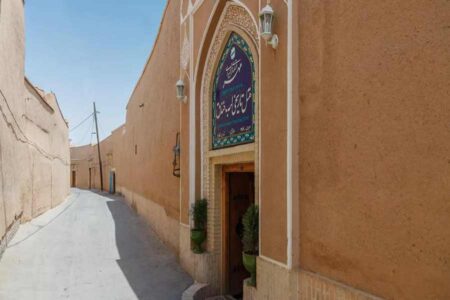
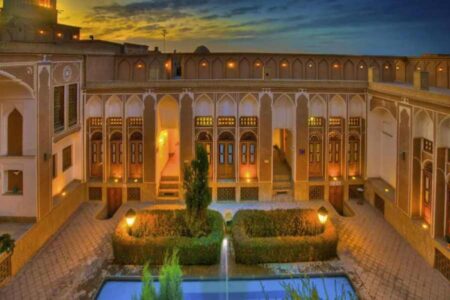
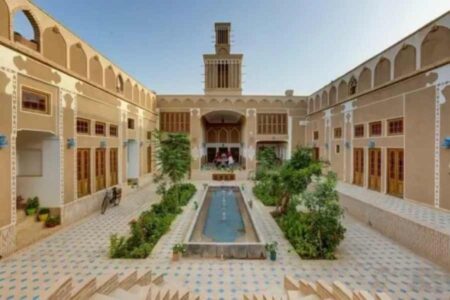
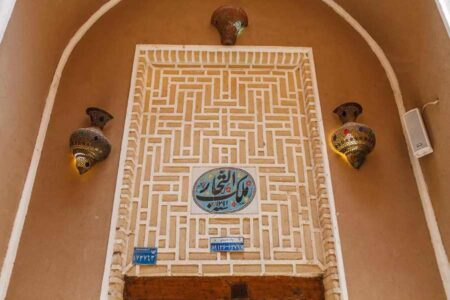
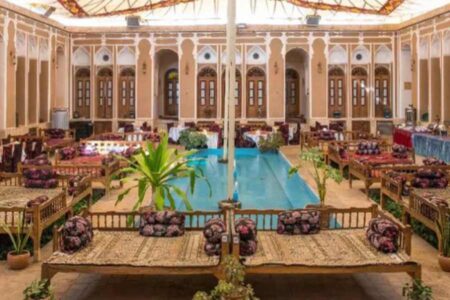
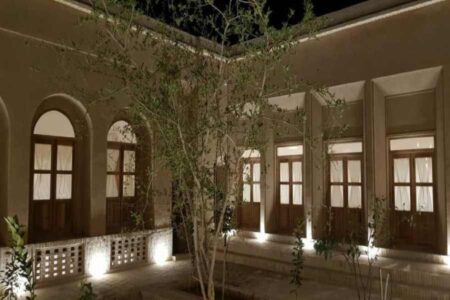
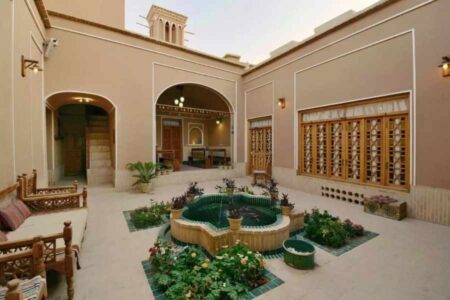
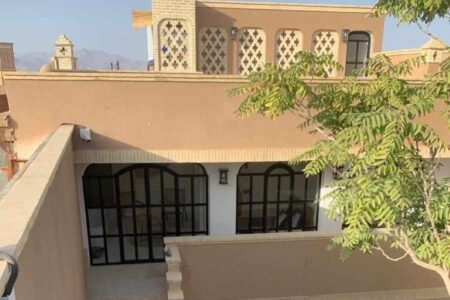
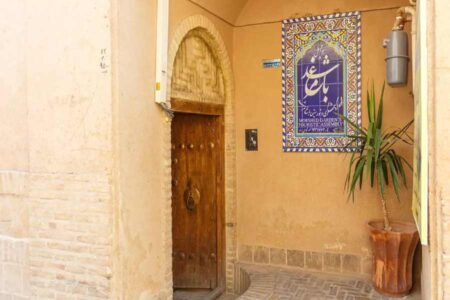
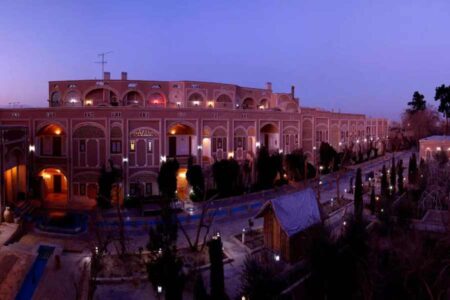
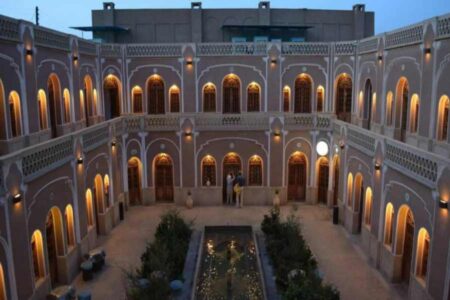
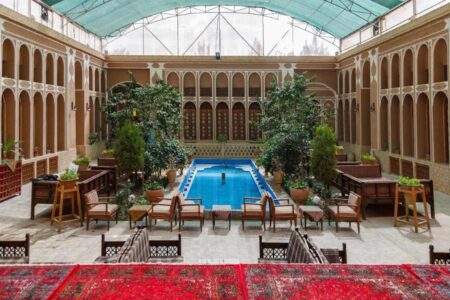
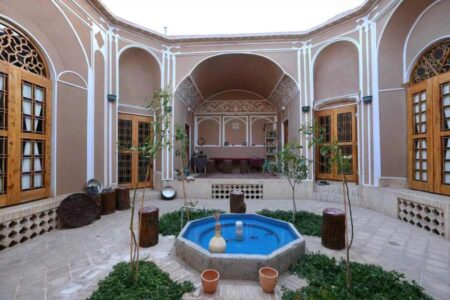
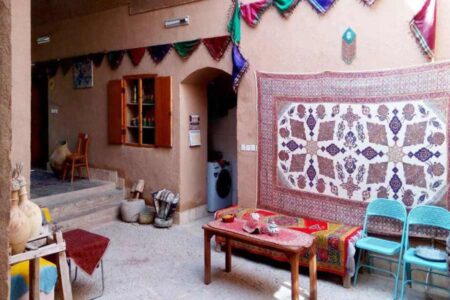
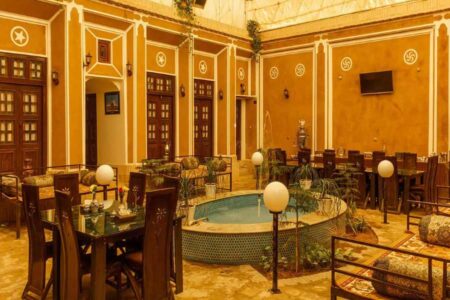
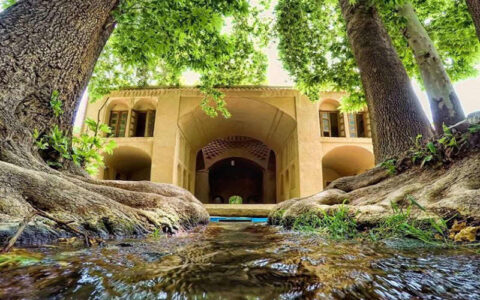
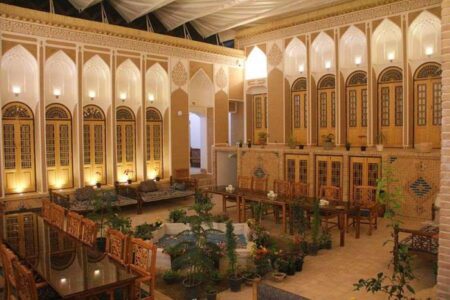
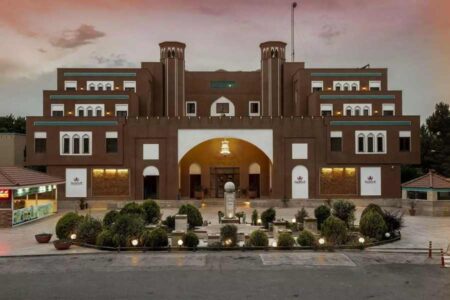
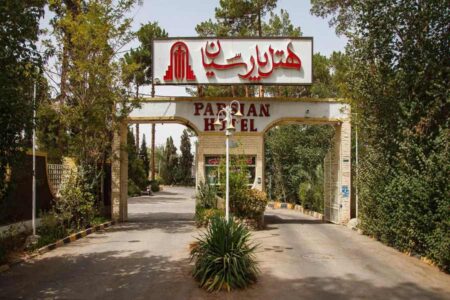
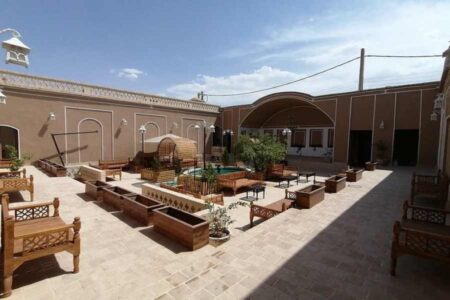
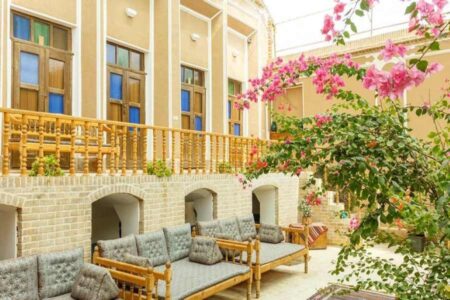
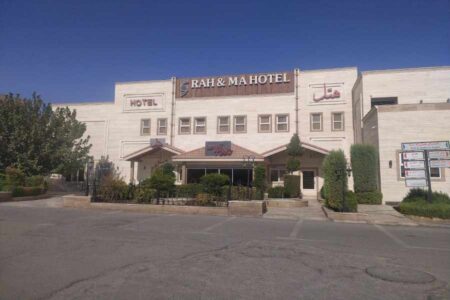
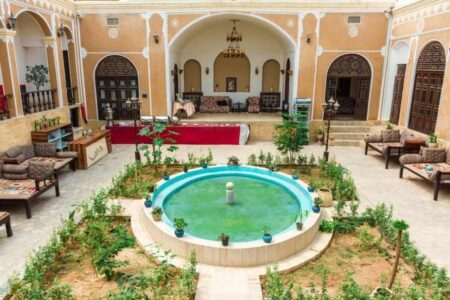
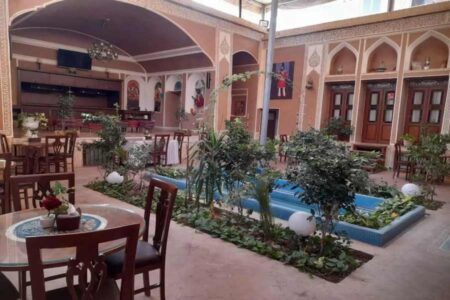
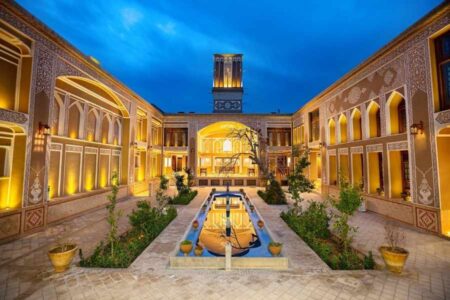
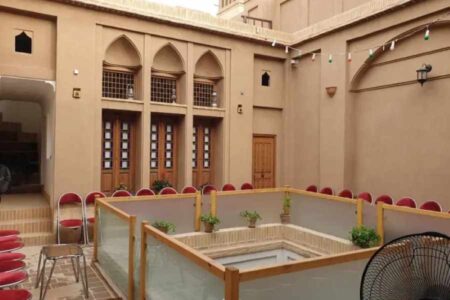
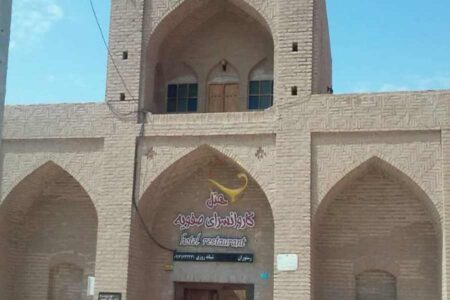
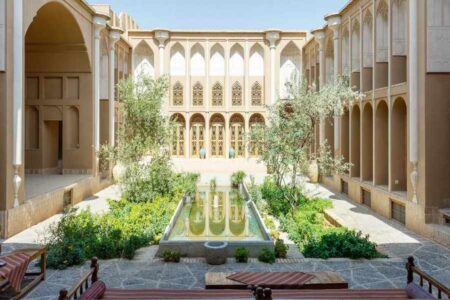
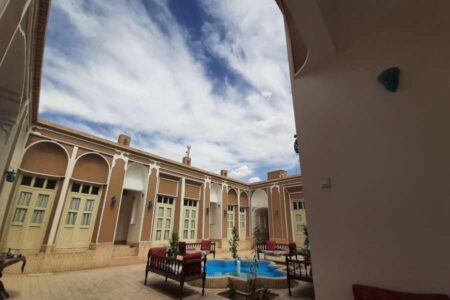
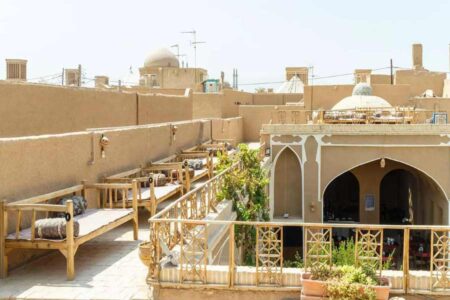
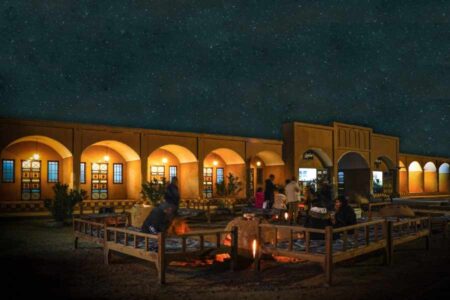
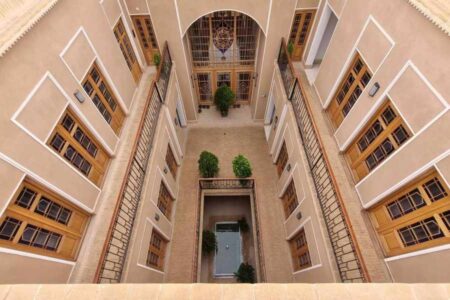
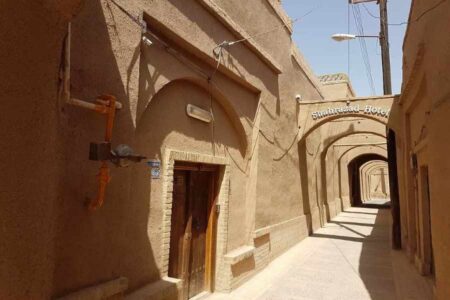
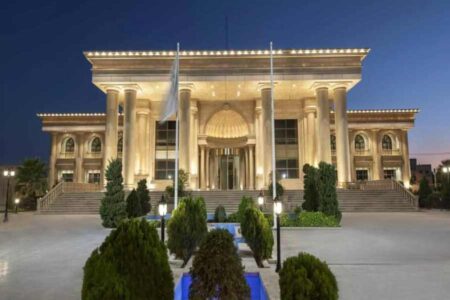
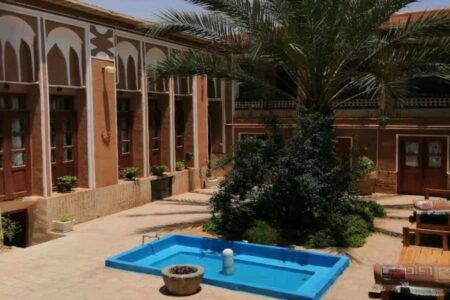
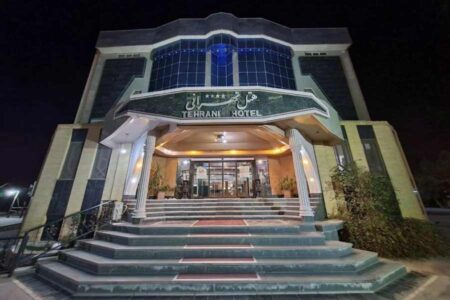
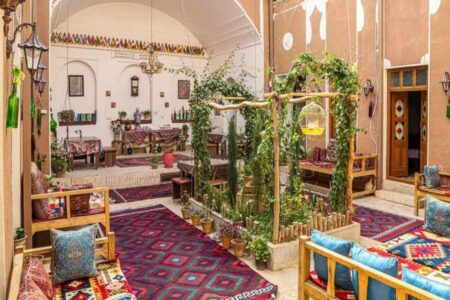
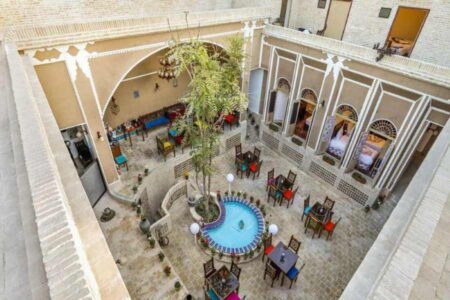

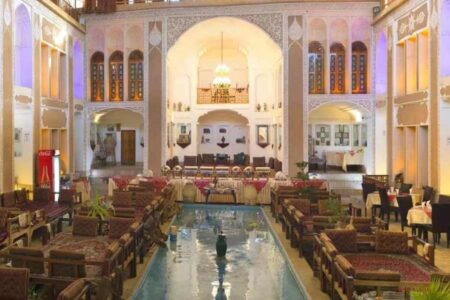
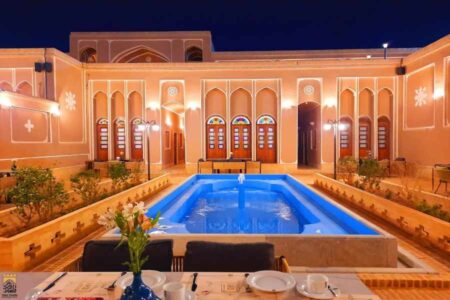
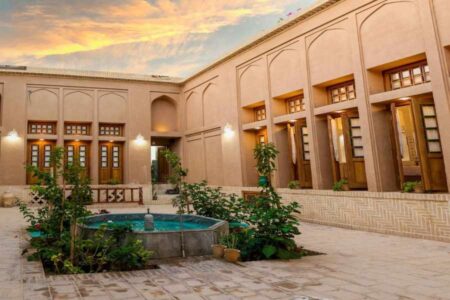
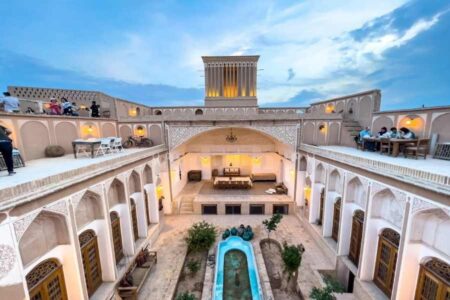
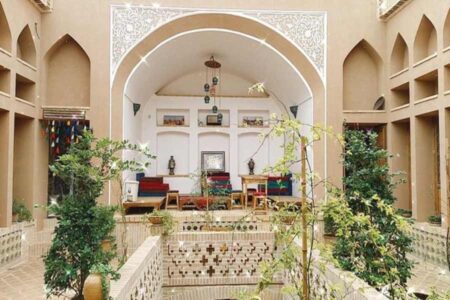
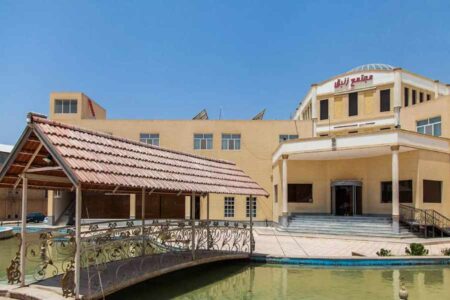
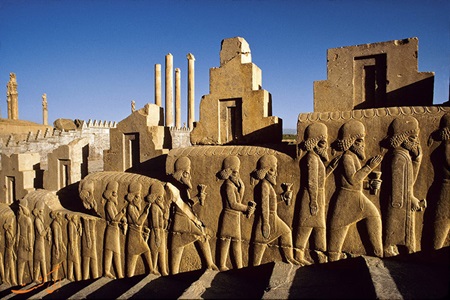
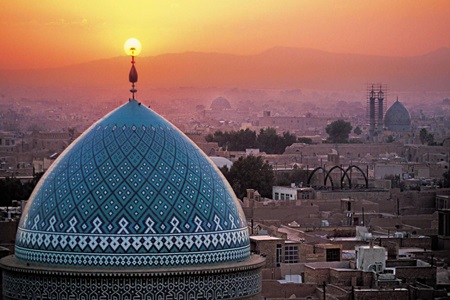
 WhatsApp us
WhatsApp us